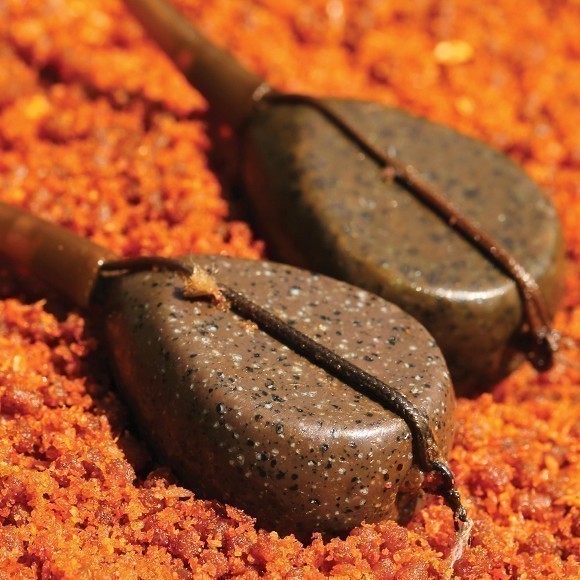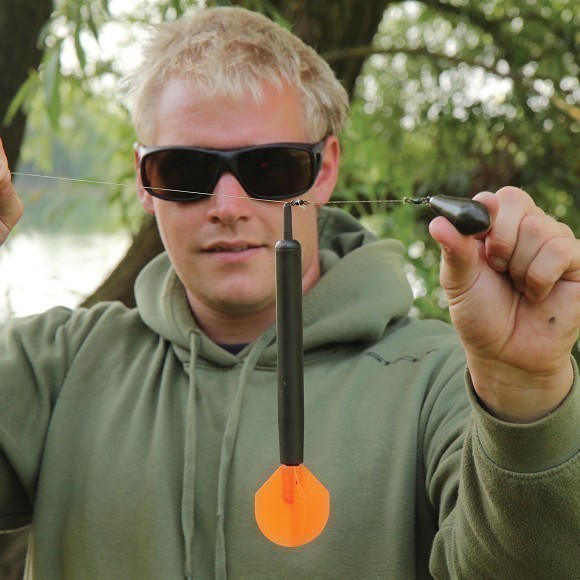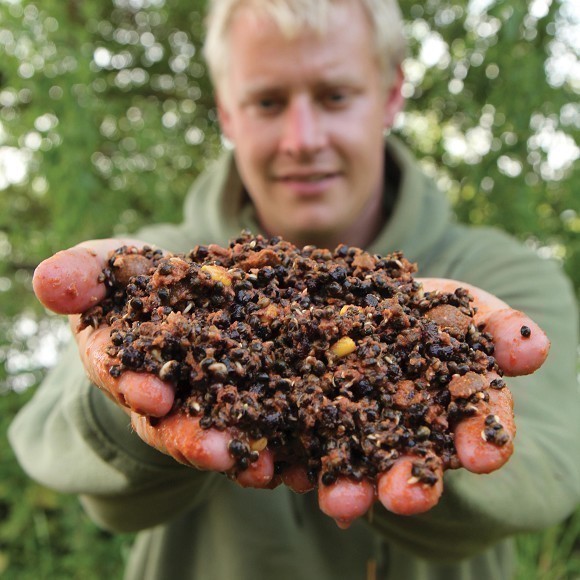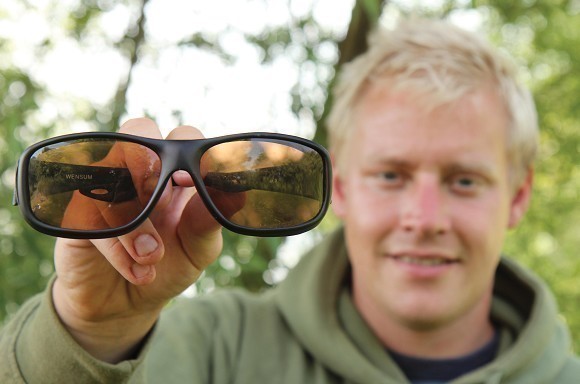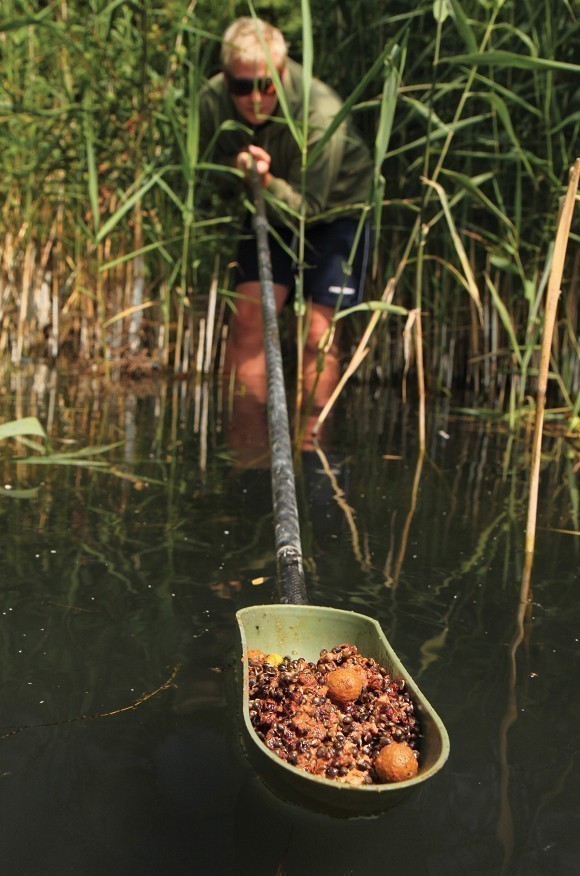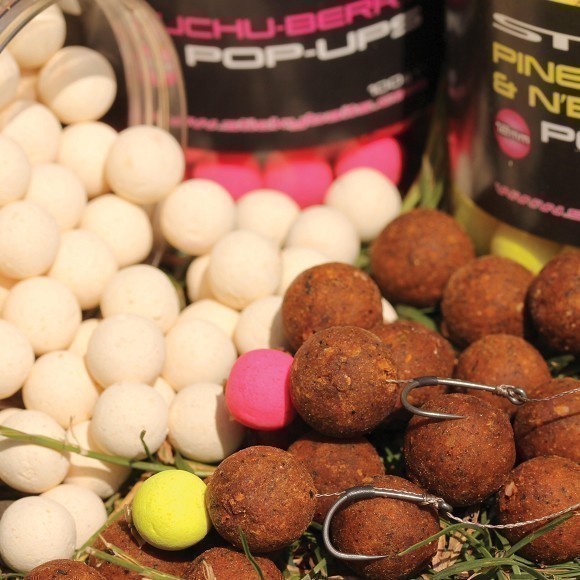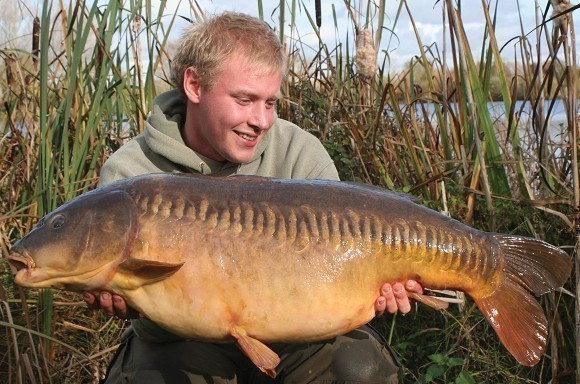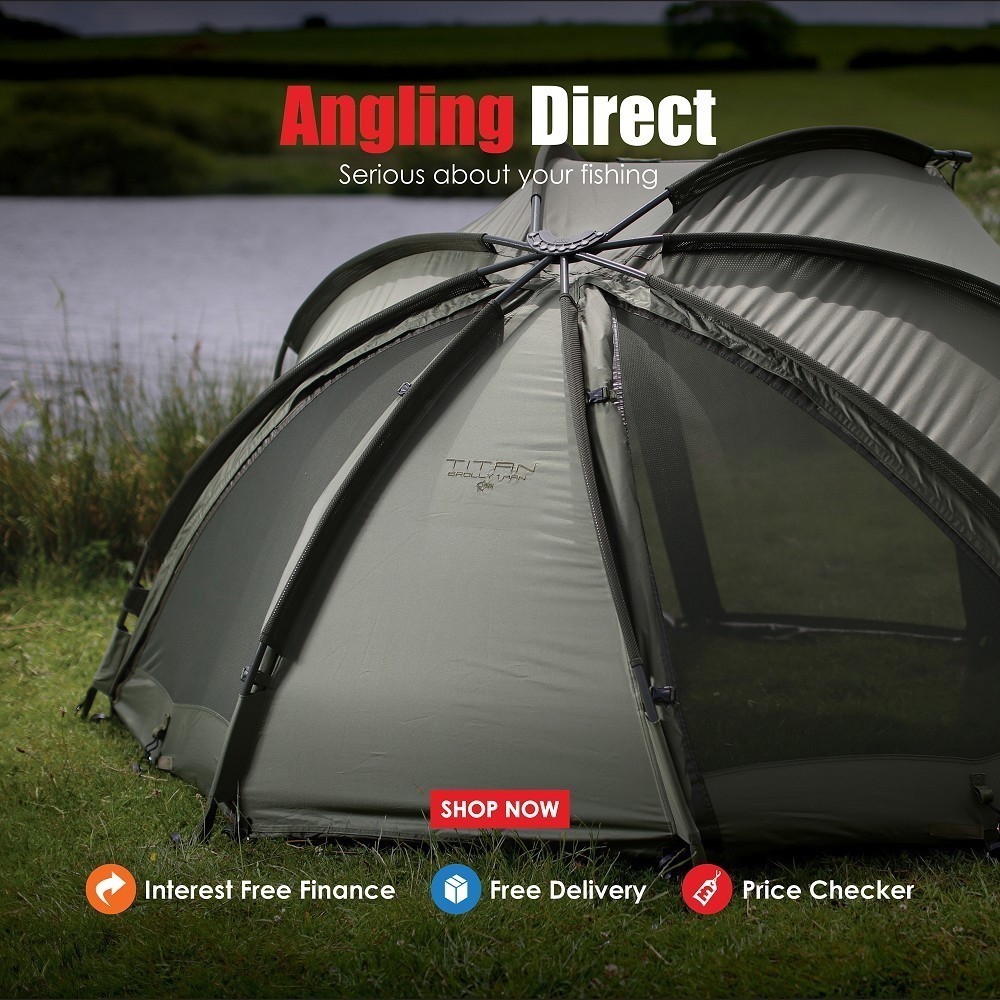
How to conquer gravel pits
Gravel pits can be some of the most challenging waters we face, so we've called upon Dan Wildbore who continues to conquer these tricky venues
Gravel Pits are without doubt my favourite places to fish. For whatever reasons it maybe, carp seem to flourish and thrive in these crystal clear, weed-filled havens. I am sure there’s a number of deciding factors into why this is, but tackling these waters is completely different to any other and there are so many key attributes that I try to do when fishing these lakes.
The first obstacle that you will come across is weed growth. The sun can easily penetrate the clear water and raise the temperature rapidly. Once it gets to ten-degrees, the most common weed known as Canadian Pondweed will begin to grow at a rapid rate. This can cause both presentation and line-lay issues.
The simple way of fishing over this is by casting a long running Chod over the top of it. This will give you a decent presentation, but is not really my cup of tea. There is no doubt that it works, but I much prefer to do it my own way and that is to locate a feeding spot and fish to it accordingly. So here are my top ten tips to getting it right…
1 Drop the lead
I know this can be a bit of a touchy subject, but I always drop my lead in weedy situations. People may think that anglers recommend doing this because they get them for free, but it is genuinely an edge and sometimes an absolute must. I remember fishing over on Horseshoe a few years back and it costing me a small fortune in leads. It did, however, land me pretty much every bite despite the barbless hooks rule.
Once the lead is ejected, the fish will instantly rise to the surface and remain clear of any weed. If the lead remained on, the carp would bolt off and charge through thick beds of silkweed. This would then stick up the line and congregate around the lead clip arrangement and most of the time, result in a lost fish.
If the bite you are waiting for means a great deal to you, then it is worth the extra couple of quid. I certainly would not drop the lead just for the sake of it, only if I really need to, but the result of doing this is a fish on the bank.
2 Use big hooks
I used to swear by smaller hooks, convinced that the fish find them difficult to see. However, in recent years this theory has been brushed to the back of my mind and I have gone the opposite way.
Now, unless I am fishing with a Zig or off the top, I very rarely use anything smaller than a size 6 hook. Gravel pit carp normally have really tough mouths from feeding on hard ground and crunching mussels and snails and they can be difficult to hook.
I prefer a large hook, because I think they are sharper out of the pack and certainly easier to manually sharpen. Also, once they are in, you will have a much better chance of landing the fish through the maze of obstacles that are synonymous with these types of lakes.
3 Discover more with a marker float
I will always take a rod to help me with leading about. There are always some lovely little spots to find in these sorts of lakes. Gravel bars, humps and shallow areas are commonly found too and I want to use a lead to try and locate these areas.
Once I have found something hard and clear, I will then attach my marker float and try and work out the depths. It may take a little while, but getting a good idea of what is in your swim and where it is will stand you in good stead for your session. For example, if I was to fish at the back of a gravel bar on a clean bottom, but there was a huge weedbed some five-yards behind the spot, then I would fish a tight clutch and be on my rods to prevent the fish from getting in the weed.
The spots I am looking for are hard and clean. By holding the spool as the lead goes through the water, I can grasp how firm the bottom is by the transmission the braided main line will pass through to my rod tip. Once the clean area is located, I then drag the lead to the edge of the spot, just as it merges in to some weed or other debris. I then clip up to keep a log of the area.
4 Use really strong main line
As I have already mentioned, gravel pits will feature plenty of sharp bars, huge weedbeds and various other common obstacles such as under water snags. However, what many don’t realise is just how many mussels there are likely to be littering the lakebed and clinging on to the weed, bars and snags. If your line so much as touches these while under tension, then it will part like a knife through butter.
It is essential for this reason alone to use a strong main line. I will stick to 15lb SUBline if I need to fish at any range, or a good fluorocarbon line if I was fishing closer in. If you have done all of the hard work to get a bite, the last thing you want to do is lose it.
5 Cleaning spots
Sometimes, finding a spot can be difficult and this is when cleaning areas can be a real edge. It is not just a case of chucking a load of bait in and then waiting for the fish to do the rest. It is a gradual build-up and will always start off with small items of food such as hemp, sweetcorn and pellets.
This will get the bream and tench grubbing about before the carp decide to bully them out of the way. This is when I would introduce boilies and before you know it, the fish would have not only cleaned the area, they would have most likely dug out the bottom they will be that switched on to it.
Once in a fishing scenario, I like to keep my baiting as simple as possible. A simple mix of hemp, chopped and whole Krill boilies along with some 4mm Bloodworm pellets is my normal mix. Sometimes I will add other items such as sweetcorn, salt and various other liquids, but this is my stable mix and something that has served me well.
6 Polarising sunglasses
The water is more often than not, extremely clear on such lakes and your eyes are your biggest weapons when fishing. I simply cannot go fishing without my polarising glasses and have gone through four sets already this year (from being so clumsy).
They have allowed me to see spots in the edge that many others would not have noticed and as a result, caught me plenty of extra bonus fish.
If possible, it is always worth getting up trees too, as you can see so much more. Once comfortable, I would be quite happy to sit and observe the carp patrol routes. Even if they are not feeding, you can begin to paint a picture of what areas the fish are using and what parts they choose to avoid.
7 Don't ignore the margins
Carp love the margins and quite often the fish can be found less than a rod length from the bank. While other anglers will be searching for spots out in the middle, it is always worth checking out a few quiet corners of the lake for stalking opportunities.
Most gravel pits can be extremely busy, so more often than not the fish will be looking for quiet areas and paying very little attention to the weather conditions. The marginal shelf is often one of the most prominent features in the lake.
If it is a lake you will be fishing regularly, then trickle in some bait gradually over a period of a few weeks and give it a go. The beauty about fishing in the edge is that it is so quick and easy. Sometimes you can get it primed so well that you can even nip in for a couple of hours before or after work and sneak one out.
8 Disguising your end tackle
I do pay attention to the disguise of my end tackle, mainly keeping it pinned down at all times. With the water being so clear, I try and break the outline of my leader and hook link material up as much as possible.
I’ll use the marker pens that Jag produce to help break up the outline of them. I used to spend ages doing my leaders up at home, but now Korda’s leadcore comes already broken up, which is ideal. It just prevents the fish from feeling cautious and potentially hindering their willingness to feed how I would like them too.
To help pin everything down, I always add some putty to my hooklink and a few lumps just up from the leadcore. This will keep the business end pinned down and I don’t need to fish such a slack line.
9 Bright hookbaits
I don’t know what it is about these types of lakes but I have always done extremely well by using bright hookbaits. Whether it is a single or a ‘topper’ for a foodbait, these little gems seem to always produce the goods, especially in spring.
There are a number of theories behind this, but I just think that they are the first bait that the carp takes in when it feeds over the spot. If your hookbait is well matched to your freebies, I think that it gives the fish more time on the spot before being hooked and in turn, give it more chance of spooking off.
I will nearly always tip my boilie with a 12mm white pop-up to create a snowman. Sticky’s Krill washes out really well and white is bright, but subtly stands out from the other freebies. Not only does this catch the carp’s eye, it also makes the bait lighter, thus helping the bait enter the carps mouth and in turn, gives me a better chance of hooking the fish.
10 Get on the Zigs
These little gems have been hugely successful over the past couple of years and are without a doubt most effective in clear water. When the fish are paying very little interest in feeding, these are my number one point of call.
When it gets to March time, I would be happy to fish three rods all on Zigs for the duration of my session. They can sometimes be the only way of getting a bite, but it can involve lots of experimenting with depths and colours. A good starting point is three-quarter depth, with either black or yellow foam as a hookbait. I would normally cast two out at that depth, each with different hookbait and the other either higher or lower, depending on the weather conditions.
Once the spring progresses and they start to feed on the bottom, that is when I would pack the Zigs away. They are most commonly known for their use in the summer months, but I very rarely use them at that time of the year. The winter and spring have always produced the best sport on the Zigs and I have even managed to catch carp under the ice on them.





